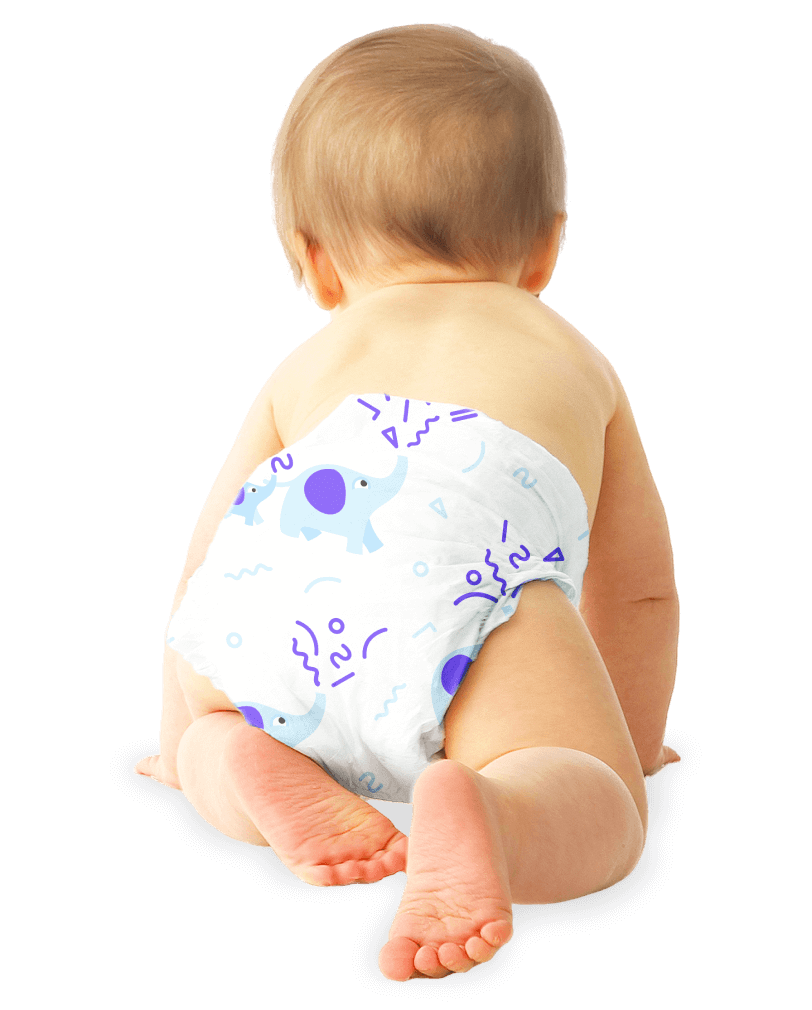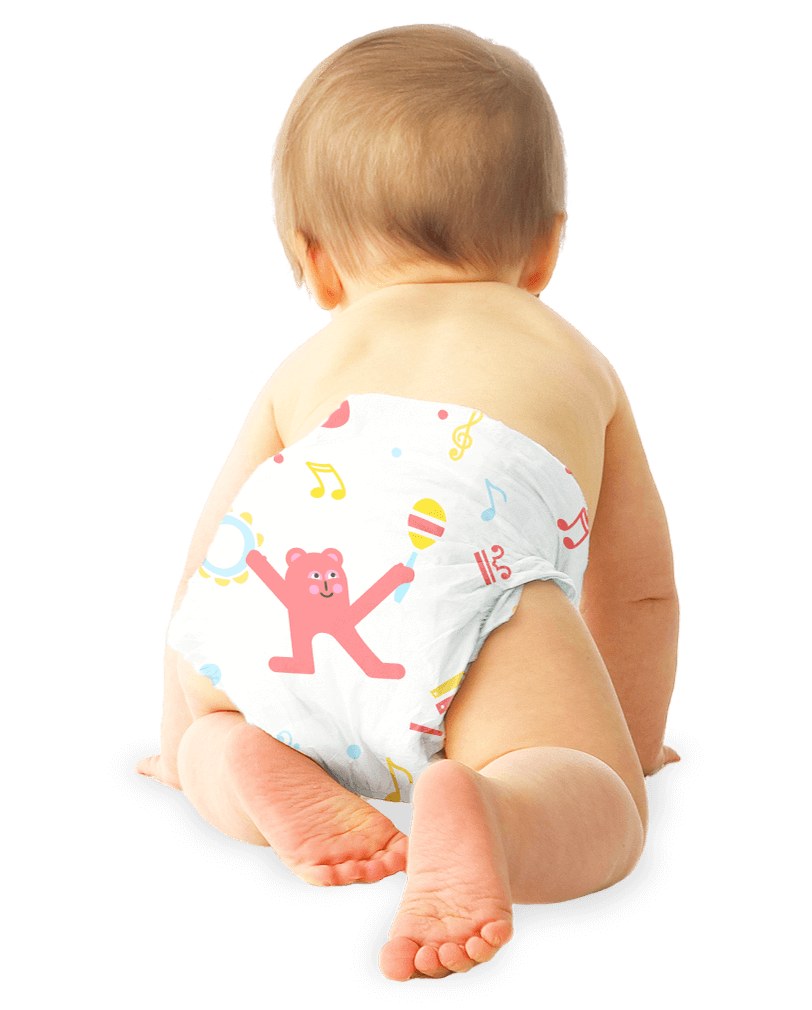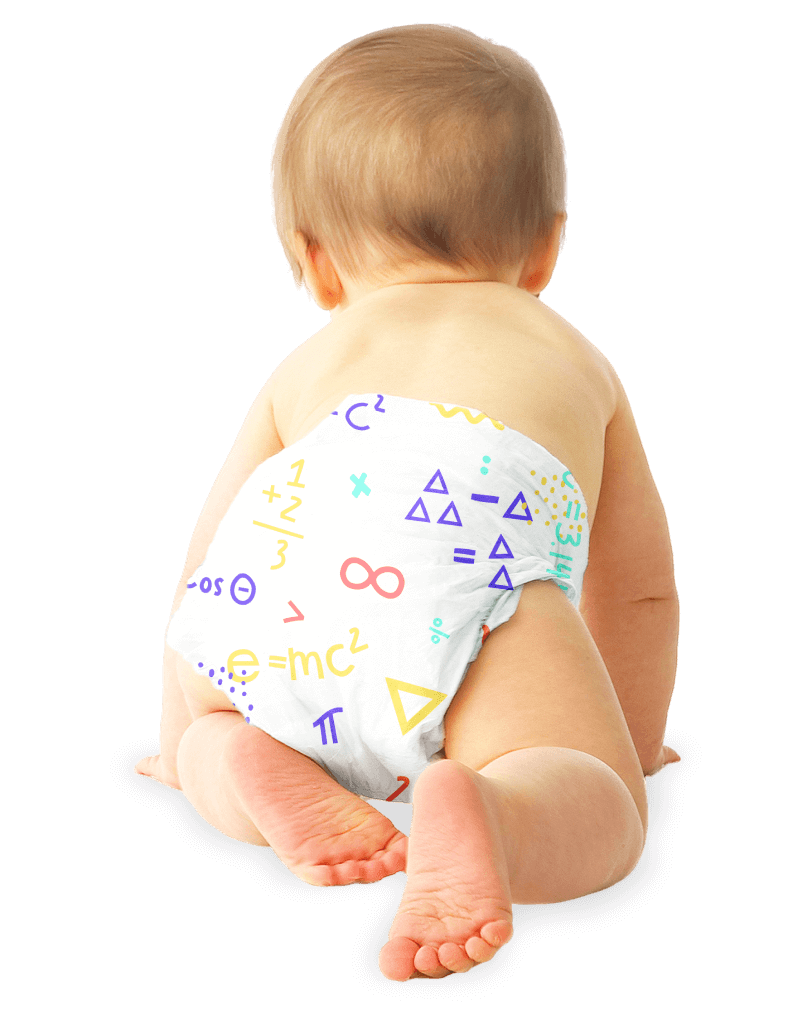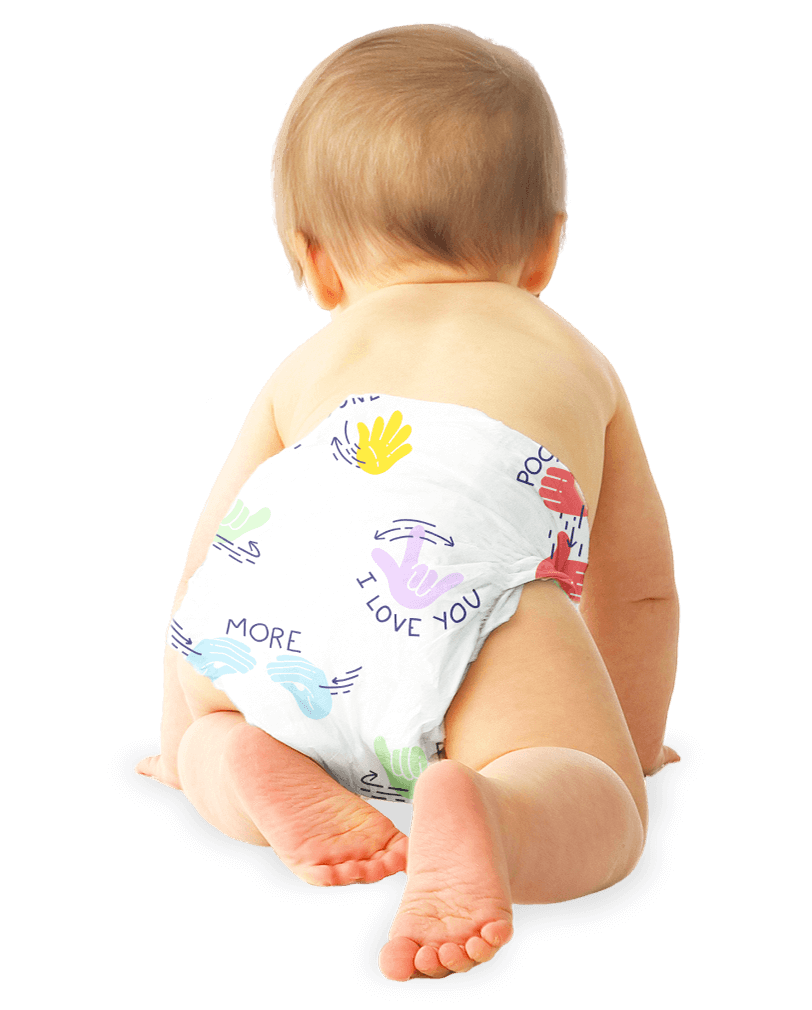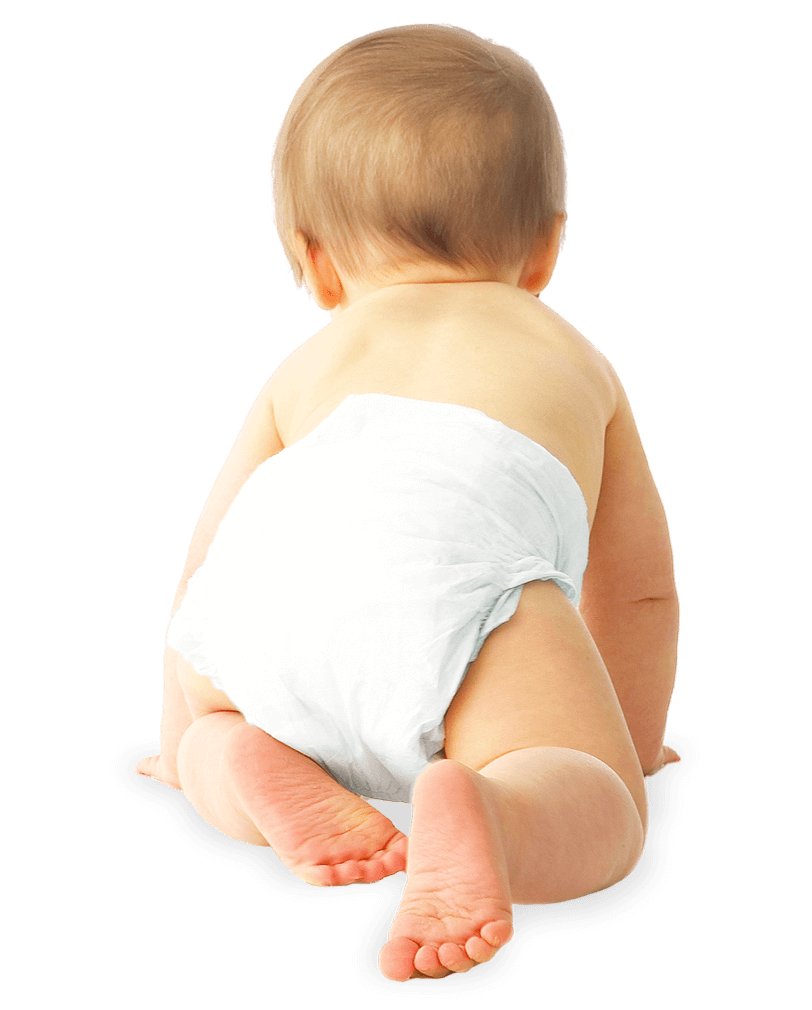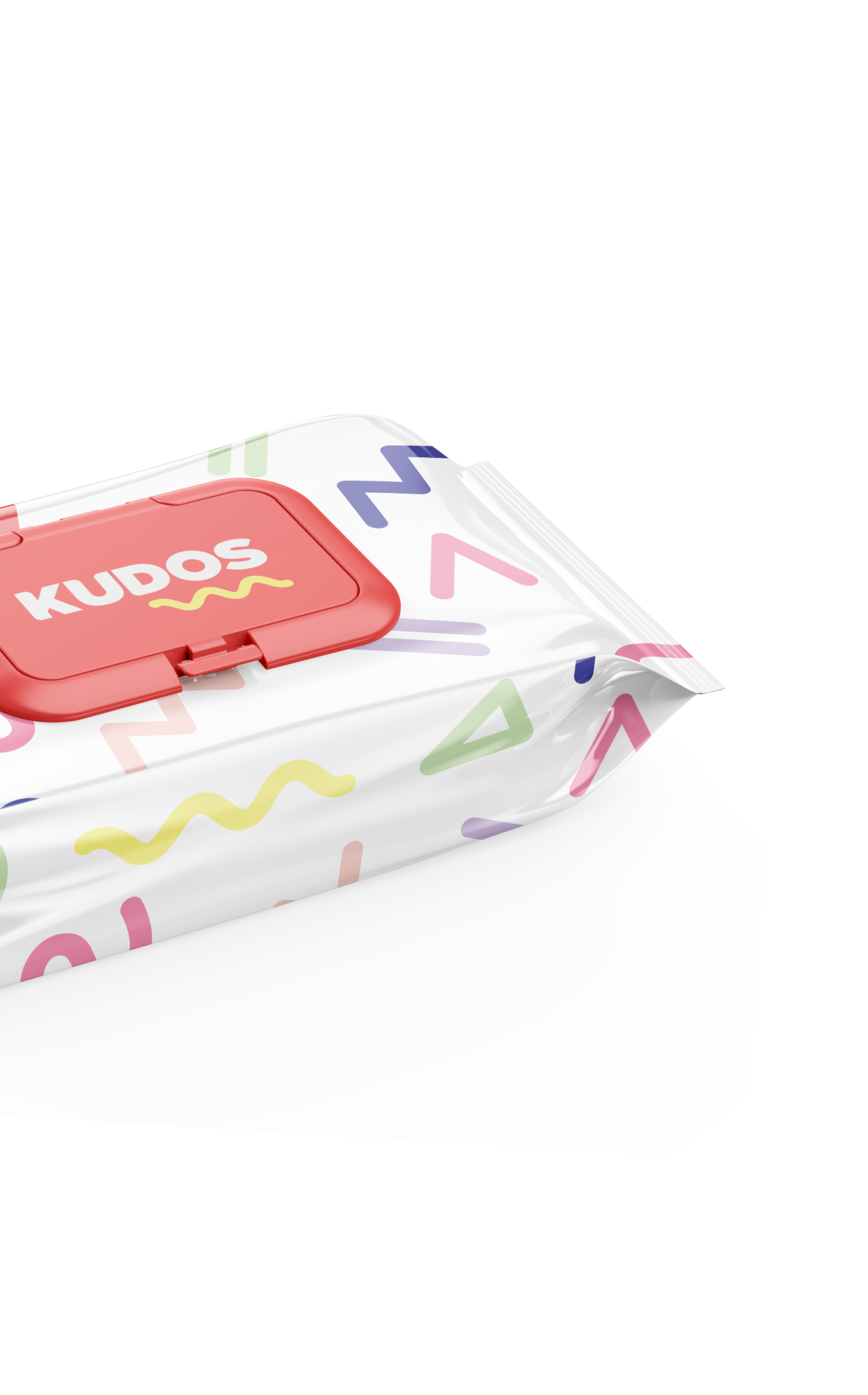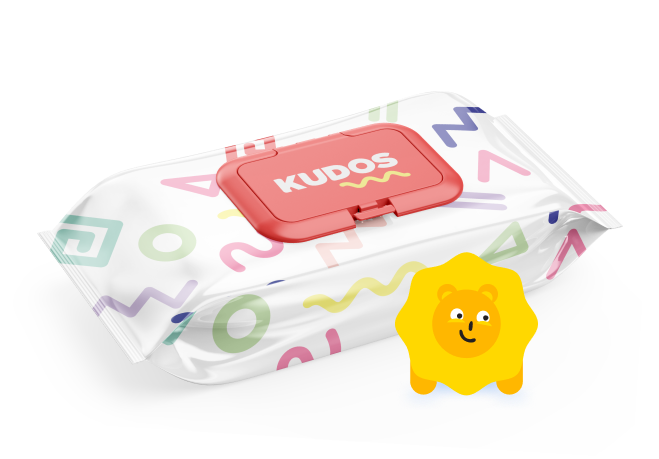Newborn Sleeping Q&A: A Pediatrician Shares 5 Tips For New Parents To Relax and Get More Sleep
These are things new parents are told over and over. And while getting a good night’s rest can be tricky, new parents have managed to find ways to conquer the daunting task of sleep. Here are common questions and my simple tricks and safety tips for the best possible sleeping conditions.
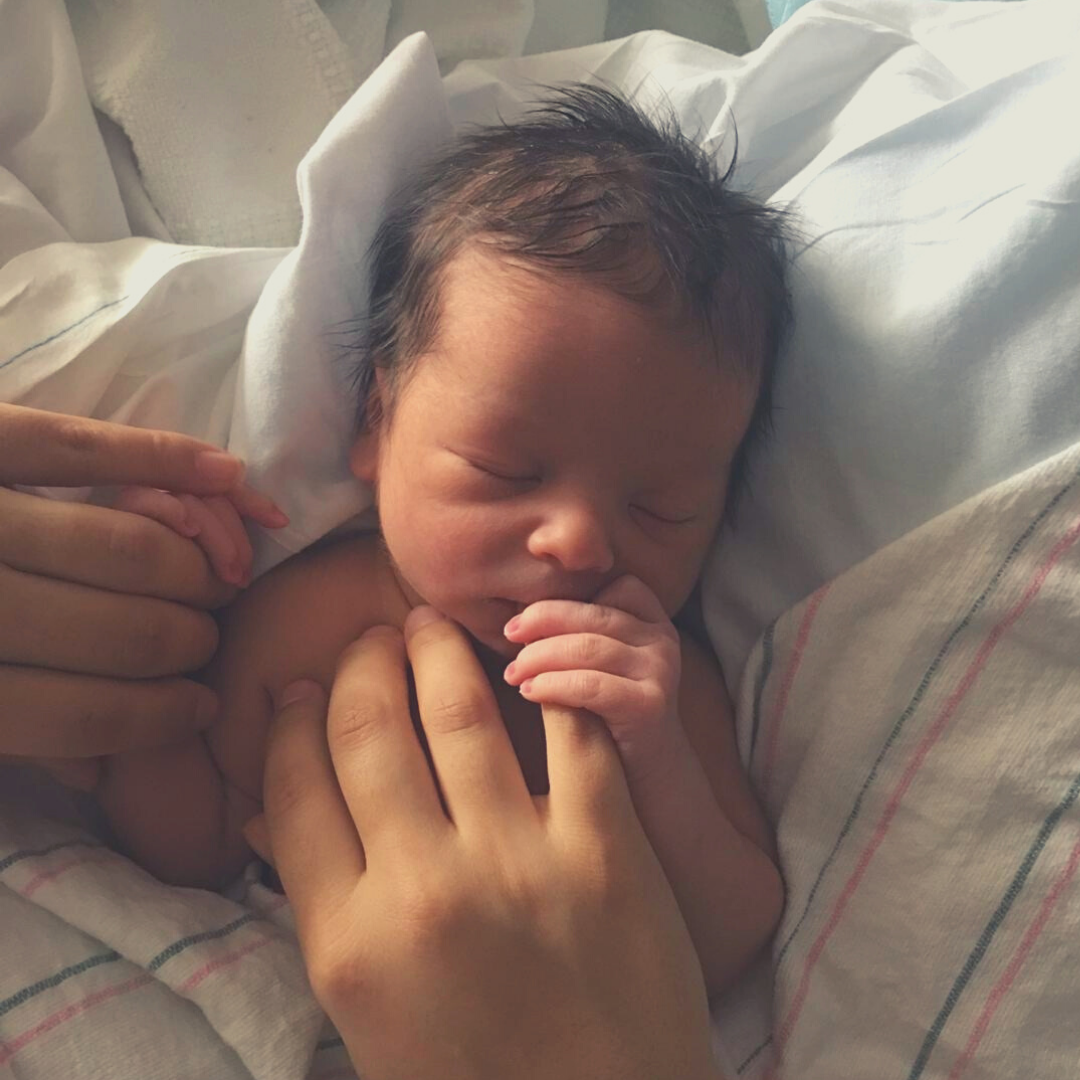
Tip One: How do I put my baby to sleep?
Try to put baby to bed when drowsy, but still awake. This is an important but difficult concept to perfect. Putting baby to bed drowsy helps them learn to stay asleep in their own crib. During the time leading up to this, soothing is key. Good soothing techniques such as calming, humming or singing, rocking and swaying are all powerful tools to get baby into a drowsy state. Once in the drowsy state, your baby learns to fall asleep on their own in the crib and self soothe, which is very helpful as baby grows up.
Tip Two: Where should my baby sleep?
Having babies sleep in their own crib is not only helpful for self-soothing, it’s also recommended over co-sleeping (or, sleeping with you). Although it’s tempting to share the bed to expedite feeds, co-sleeping is one of many risk factors for sudden infant death syndrome. The AAP reports that Sudden Infant Death Syndrome (SIDS) is the number one cause of death ages 1 month to 1 year. It’s acceptable, and often recommended, to have the crib adjacent to your bed during baby’s first few months of life.
Tip Three: What is the best sleeping environment?
Your baby’s sleeping environment is crucial for their safety as well as good sleep. One blanket wrapped around your baby in a cocoon or swaddle style (preferably with breathable fabric) is all that’s needed in an empty crib. There’s no need to pile on the blankets, toys, stuffed animals, or pillows. In fact, these items could be dangerous.. Once you’ve got baby swaddled, always place them on their back, face up. This position is also known as “back to sleep” or “safe to sleep”. The room should be cool and dark. Some parents find that a noise or sound machine can help soothe baby to sleep and keep the ambient noise out.
Tip Four: How do I keep my baby asleep?
Tip Five: Should I use a pacifier?
With these tips and tricks, you can be well on your way to helping everyone at home have a more restful and safe sleep.But at the end of the day, remember that every baby and sleep situation is unique. Possibly the most important factor for sleep in infants is maintaining consistency and timing. Whatever sleeping choices you decide on, try to make sure that your sleep routine is as consistent as possible. In my experience, it’s the key to successful sleep training. It may not be realistic every day with our busy lives, but it will pay off in the end.
Sources:
https://pubmed.ncbi.nlm.nih.gov/19405412/
---
Hello world, we’re Kudos! The first and only natural disposable diaper giving babies 100% clean, breathable, soft cotton to sit in all day. Not plastic. Join our mailing list below to learn more.
---
This article is for informational purposes only and is not intended to be a substitute for professional medical advice, diagnosis, or treatment. The views expressed in this article are the views of the expert and do not necessarily represent the views of Kudos.
Questions? Email us at hello@mykudos.com








